
This builds off prior data that showed safety and efficacy of CD19 and CD22 chimeric antigen receptor (CAR)-T cell therapy in children with relapsed or refractory B-lineage acute lymphoblastic leukemia (B-ALL).

This builds off prior data that showed safety and efficacy of CD19 and CD22 chimeric antigen receptor (CAR)-T cell therapy in children with relapsed or refractory B-lineage acute lymphoblastic leukemia (B-ALL).

Further research is needed to identify the influence of high-dose vitamin D supplementation among vitamin D–deficient populations.
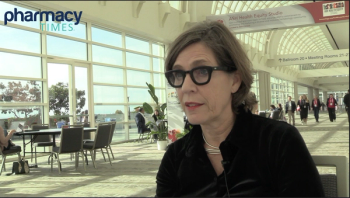
Sonja Zweegman, MD, PhD, explains the improvements in minimum residual disease negativity found after treatment with daratumumab and the VRd regimen in patients with newly-diagnosed multiple myeloma who are transplant-ineligible.

Luca Bertamini, MD highlights the potential clinical implications of using circulating tumor cells as a biomarker in patients with newly-diagnosed multiple myeloma.
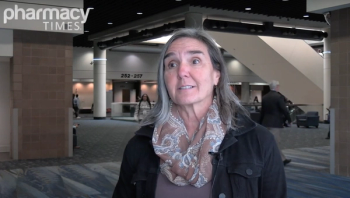
The primary challenge facing rural pharmacies include recruitment and retention of staff, the need for pharmacists to handle multiple roles and expertise, and the impact of burnout and stress.

Adults with epilepsy are underrepresented in most CBD trials, including common etiologies.

The phase 3 CEPHEUS trial demonstrated that adding daratumumab (DARA) to the VRd regimen significantly improves minimal residual disease negativity, progression-free survival, and overall response in transplant-ineligible or transplant deferred patients with newly diagnosed multiple myeloma, establishing a new standard of care.

The GMMG-HD7 trial evaluated the addition of isatuximab to standard induction therapy in patients with newly diagnosed multiple myeloma who are eligible for autologous stem cell transplantation, demonstrating significantly higher rates of minimal residual disease negativity and improved progression-free survival (PFS).

Brain Health is an emerging research topic, but there is not a standard outcome measure.
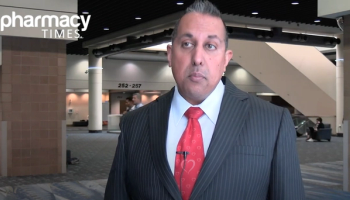
Snehal Bhatt emphasizes the need for patient-specific risk assessment and a thoughtful approach to balancing aspirin's benefits and bleeding risks as new treatment options become available.

Although challenges and obstacles persist, artificial intelligence could help rural and smaller pharmacies close gaps in care.

If approved, the treatment will be the first and only once-daily, oral selective somatostatin receptor type 2 nonpeptide agonist available for acromegaly.
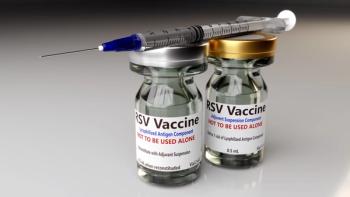
Pharmacists play a key role in vaccination efforts to prevent respiratory illnesses.
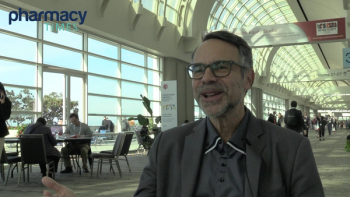
Ira Zackon, MD explains his analysis of bispecific antibody utilizaton for relapsed or refractory multiple myeloma in community oncology centers.
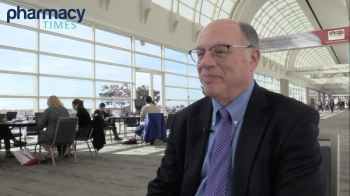
Robert Rifkin, MD, FACP, discusses multiple abstracts featuring drugs demonstrating efficacy in patients with relapsed/refractory multiple myeloma.
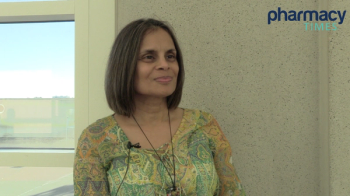
Shirley D'Sa, MD, highlights the long-term efficacy and tolerability of zanubrutinib in patients with Waldenström macroglobulinemia, as seen in the long-term extension of ASPEN.
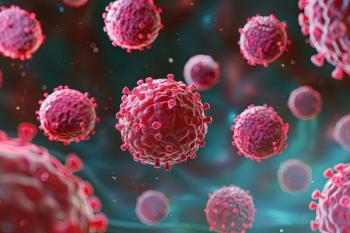
The phase 3 AMPLIFY trial demonstrates that fixed-duration regimens of acalabrutinib and venetoclax, with or without obinutuzumab, significantly improve progression-free survival and deliver manageable safety profiles compared to chemoimmunotherapy in treatment-naive chronic lymphocytic leukemia (CLL).

Both statins and newer non-statin medications are important in combination to effectively lower atherogenic lipid levels and reduce cardiovascular risk.
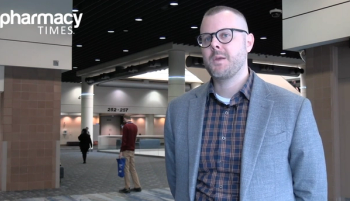
Pharmacists can leverage continuous glucose monitoring data to personalize diabetes management, overcome clinical inertia, and improve glycemic control for patients.

The AQUILA study demonstrates that early treatment with daratumumab significantly delays progression to symptomatic multiple myeloma, improves survival outcomes, and offers a well-tolerated alternative to traditional observation.

In hospital and critical care settings, pharmacists can play a significant role in educating other health care providers about treatment options, proper dosing, and more.

By identifying patients at high risk for progressing to severe disease and counseling them on their treatment options, pharmacists empower patients to make informed decisions about their treatment.
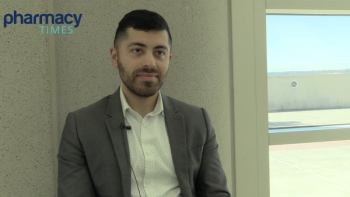
Amir Ali, PharmD, BCOP highlights the success of shorter-treatment duration venetoclax in patients with acute myeloid leukemia and efficacy of pre-transplant blinatumomab in those with acute lymphocytic leukemia.

Rakesh Popat, MBBS, PhD explains the mechanisms of action behind the improvement in minimum residual disease in patients with lenalidomide-refractory multiple myeloma with cilta-cel compared with standard of care.
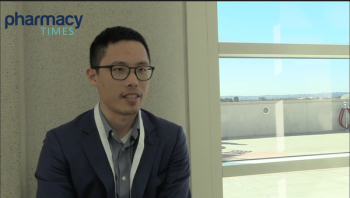
Jason Wang, MD highlights the reduction in incidence and severity of adverse events such as cytokine release syndrome and ICANS following axi-cel treatment in patients with R/R LBCL.
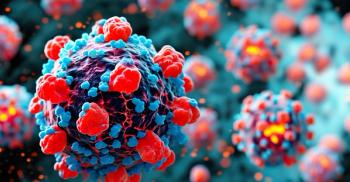
A ketogenic diet and its key metabolite, β-hydroxybutyrate, enhance the efficacy of CAR T-cell therapy by improving metabolic fitness, cytokine production, and cellular expansion, offering a promising, safe strategy for optimizing cancer immunotherapy.

Glucagon-like peptide 1 (GLP1) receptor agonists were shown to be associated with a reduced risk of venous thromboembolism (VTE), while high dietary fiber intake was shown to enhance microbiome health, lower graft-versus-host disease (GVHD) severity, and improve overall survival following allogeneic hematopoietic cell transplantation.

In newly diagnosed average and high standard risk B-cell acute lymphoblastic leukemia (B-ALL), blinatumomab improved disease-free survival (DFS) by approximately 97.5% and 94.1%, respectively.

Donald Moore discusses some of the obstacles that bispecific antibodies have faced in community cancer centers, including misconceptions coupled with a prevalent toxicity profile.

Jose Tinajero discusses how certain mutations can be indicators of blinatumomab treatment failure in patients with B-cell acute lymphoblastic leukemia.